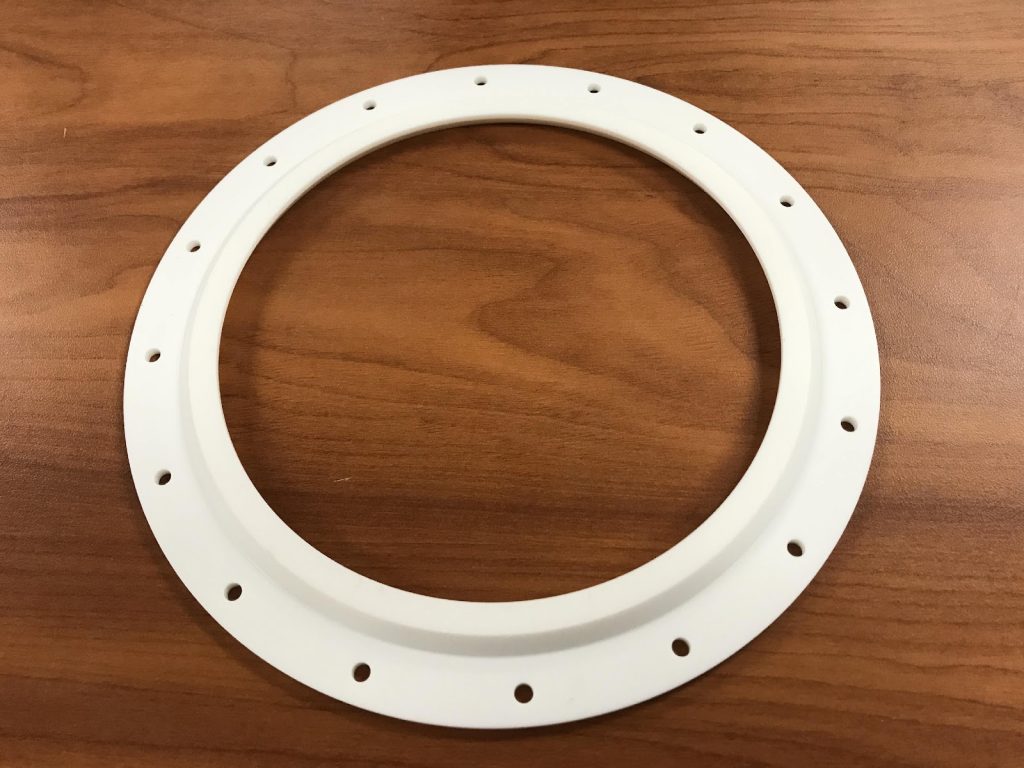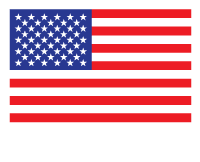
Roto-Disc quarter-turn valves resist seat wear better than most other valve styles. The dome of the Roto-Disc valve wipes against the seat, cleaning itself as it opens and closes. The rotating action slices through material rather than pinching it as other valves do.
Discover the three main reasons why valve seats fail and why our spherical valves resist seat failure and improve your industrial processes.
1. Poor Valve Seat Design
Companies oftentimes come to us because their current valves just aren’t working properly. Many times, the valve seat design is the culprit of the failure, and if the valve seat doesn’t work, the valve breaks down. At a minimum, your valve seat will leak if it is poorly designed. At worst, it can lead to a catastrophic failure. Don’t take that chance.
2. The Causes of Seat Wear
Seat wear occurs as a function of two things; friction and interference. Friction occurs as the opening and closing member of the valve moves past the seat as the valve opens and closes. This wear can be either gradual or rapid, depending on the valve design and the seat material. Harder seat materials are more susceptible to wear from friction when the valve is out of calibration or when seat compression is high.
Interference occurs when the opening and closing member of a valve and/or its seat comes into contact with the process media as the valve is operating. In some valves, such as butterfly-style valves, the seat and open/closing member are directly exposed to product flow when the valve is open, making the wear process automatic from the moment the valve begins to operate. These valve styles are particularly troublesome in high-pressure applications when the process media is traveling past these critical valve components at high speeds, leading to rapid failure.
Other valve styles, such as slide-gate and knife-gate valves may protect the seats and opening/closing member from material flow, but their opening and closing motion is linear. This means that instead pushing process media above or below the valve when it operates, material is pushed along the seating/sealing surfaces, which ruins the seals, fouls the guides, and again leads to premature failure.
3. The Importance of Specifying Proper Materials of Construction (M.O.C.)
Solids and slurries have a much wider range of relevant physical and flow characteristics as compared to liquids or gasses. And because solids require generally larger apertures to flow, the valves tend to be bigger and correspondingly more expensive. This makes choosing a valve for a given solids handling application much more difficult and time-intensive. It is therefore imperative that each valve installation be considered for its unique process characteristics at the time of selection.
Every part of the valve, including the seats, must be designed and constructed with suitable materials. High and low temperatures and pressures will affect the seat, as will the cycle-frequency, process chemistry, and other details. Specifying engineers must consider the physical properties and conditions of the materials going through the valve to construct it properly.
Custom valves from Roto-Disc solve the problem of using the right seat for the right materials. Our valves are each specified and built according to the unique conditions of the process into which they are installed. We don’t build a valve until we know how its going to be used.
If you don’t determine the right valve seat material for your chosen application, it will likely fail.
Custom Industrial Valves by Roto-Disc
Roto-Disc’s valves are designed to resist seat wear from friction and interference. The valves are built with seats that are specified with the best material possible for your application, saving you time and money and ensuring your process runs smoothly.
Roto-Disc, Inc., is a world leader in custom valves and innovative solutions that make your processes more efficient. Contact Roto-Disc today to learn more about how our engineers can help your company improve its industrial production lines.


